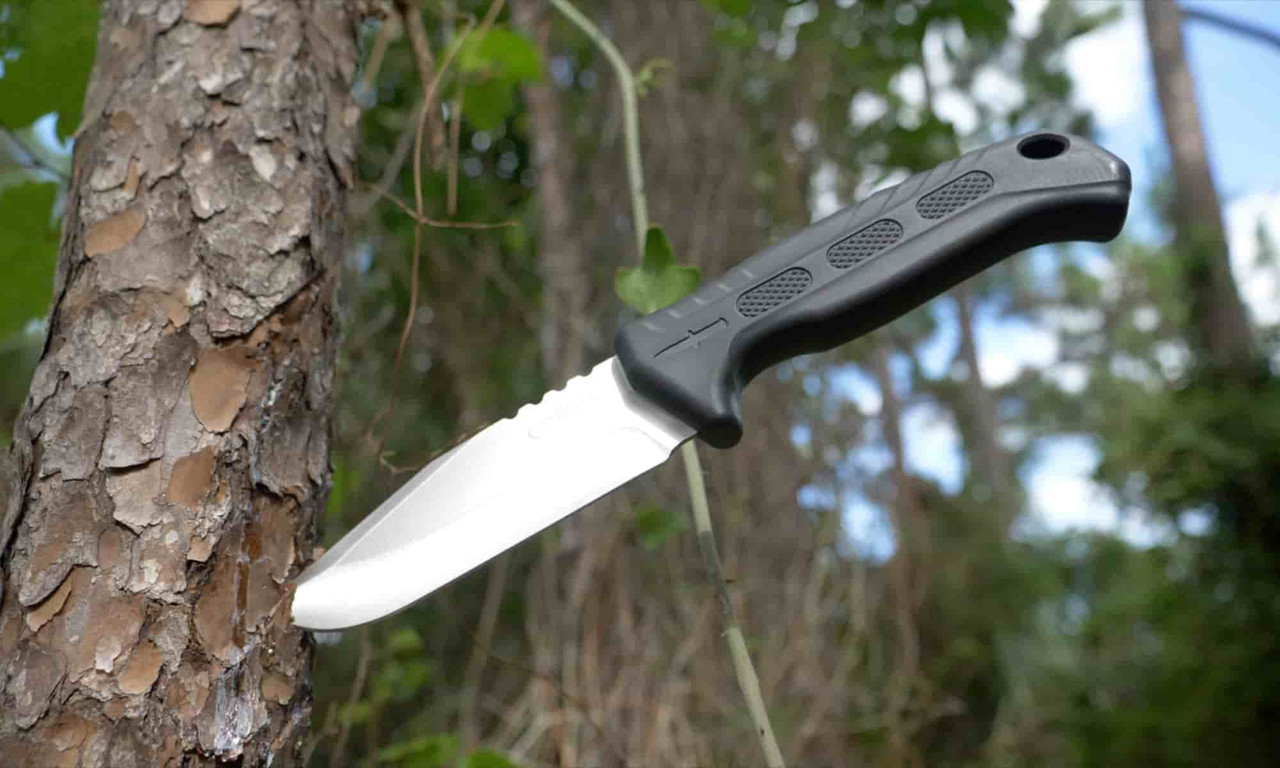For kitchen professionals, high-quality knives are indispensable tools that demand meticulous care to maintain their sharpness and durability. Among the various types of knives, a fixed blade knife stands out for its strength and reliability. However, to ensure its long-lasting performance, regular maintenance, including oiling, is crucial. In this article, we delve deep into why oiling a fixed blade knife is vital and how you can do it effectively.

The Importance of Oiling a Fixed Blade Knife
Just like any metal tool, knives are susceptible to rust and wear if not properly maintained. Oiling provides a protective barrier against moisture and corrosion, helping to extend the life of your fixed blade knife. A regular oiling routine not only preserves the blade but also ensures its optimum performance in the kitchen. For comprehensive guidelines on the benefits of fixed versus folding knives, visit this guide to fixed vs folding blade knives.
How to Properly Oil Your Fixed Blade Knife
Step 1: Clean the Blade
Begin by thoroughly cleaning the knife. Remove any food residue or stains with warm water and mild soap. Once cleaned, ensure the knife is completely dry before moving to the oiling process.
Step 2: Choose the Right Oil
Not all oils are suitable for knives; food-safe mineral oil is highly recommended for kitchen use. It does not rancid and provides excellent protection against rust.
Step 3: Apply the Oil
With a clean cloth or paper towel, apply a thin layer of oil to the blade. Make sure to cover every inch, paying extra attention to the edges where moisture can settle.
Step 4: Wipe Off Excess Oil
After the oil has been applied evenly, take a second cloth to remove excess oil, leaving just a thin film.
For more detailed insights into knife maintenance, consider exploring the best sharpening tools for fixed blade knives.
Benefits of Regularly Oiling Your Knife
Regular maintenance has several advantages. First, it reduces the knife's susceptibility to rust, thus enhancing its longevity. Second, a well-oiled knife performs better, with a smoother cut and reduced friction during food preparation.
Moreover, integrated maintenance techniques, like sharpening a fixed blade knife, can further promote the tools functionality and lifespan.
Choosing the Right Fixed Blade Knife for Your Needs
While the focus here is on maintenance, selecting the right knife is also essential. Determine the most suitable option by considering the blade type, handle material, and balance. For professional insights, check out this guide to different knife types to find the one that best suits your culinary requirements.
FAQs: More on Oiling Fixed Blade Knives
How often should I oil my fixed blade knife?
For regular kitchen use, consider oiling your knife once a week or after each use for optimal protection.
What type of oil is best for kitchen knives?
Use food-safe mineral oil, as it does not go rancid and is safe when preparing food.
Can I use vegetable oil to maintain my knife?
It's advisable to avoid vegetable-based oils as they can turn rancid over time, potentially damaging the blade.

Preserving Your Blades Performance
Incorporating a consistent oiling routine into your knife care regimen promotes longevity and maintains peak performance.
Remain informed and attentive to care techniques not limited to oiling. Also, consider stropping for fixed blade knives to keep your blades sharp and ready for the most delicate kitchen tasks.
Implement these guidelines diligently and your kitchen knives will serve as the reliable, professional tools they are meant to be.
This article contains affiliate links. We may earn a commission at no extra cost to you.


























